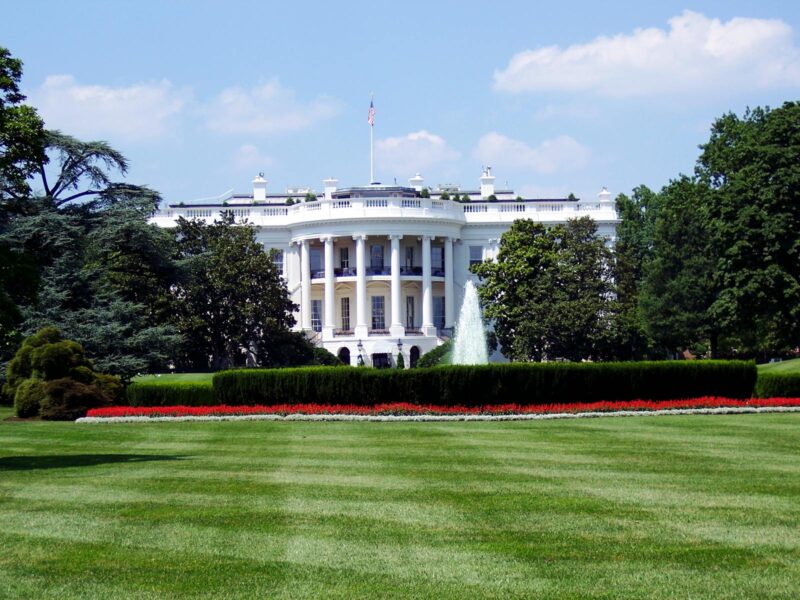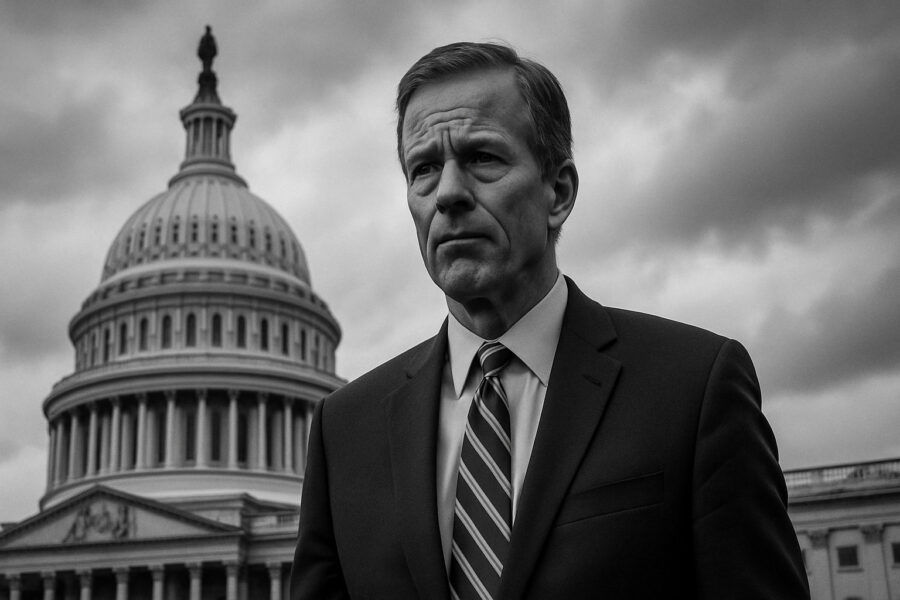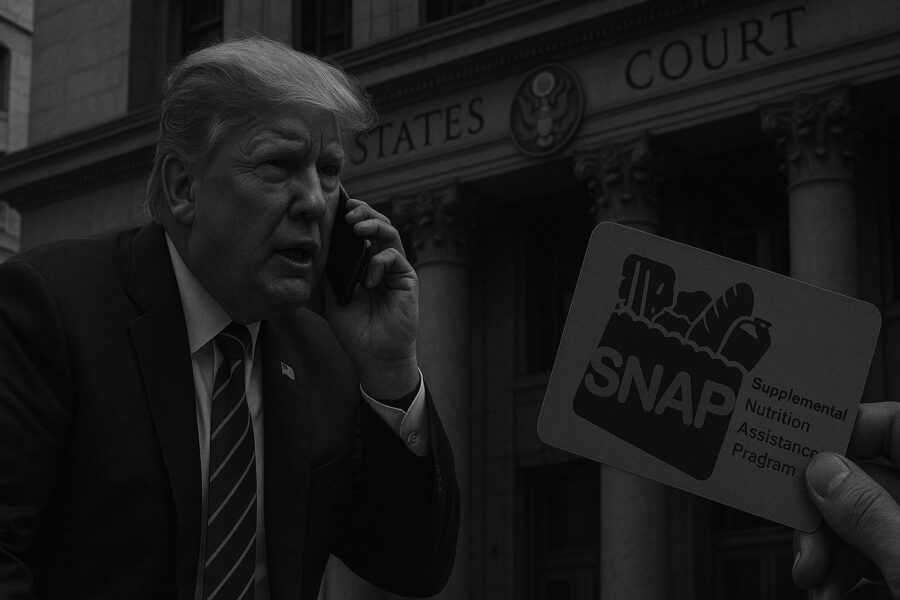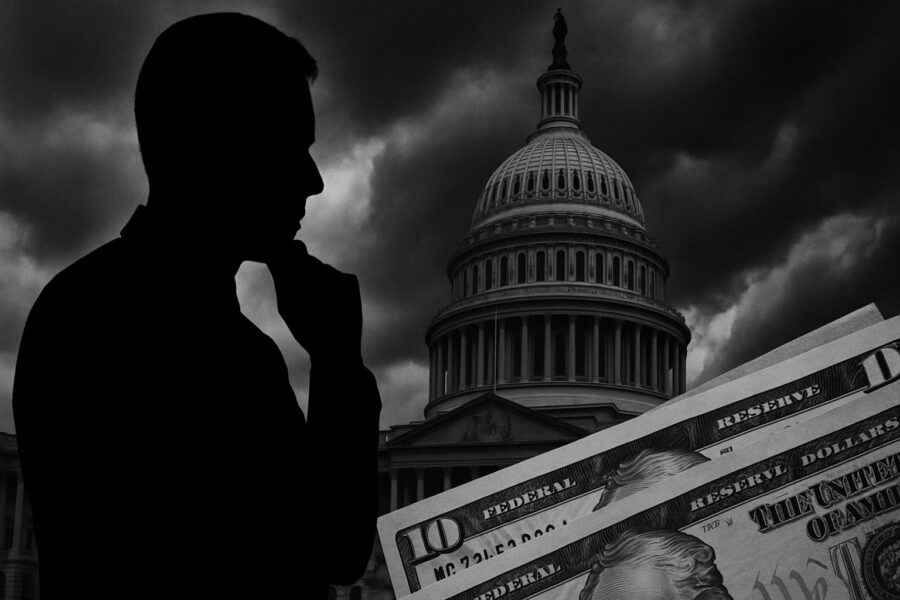Want Instant Updates? Follow us on Google News (here)
Want Instant Updates? Follow us on Google News (here)

Johnson Defends Trump Administration’s SNAP Funding Stance
House Speaker Mike Johnson said today that the administration’s approach to the shutdown-era SNAP funding issue is more complicated than critics portray. According to a press‐conference report:
- Johnson stated that issuing payments to SNAP recipients during the shutdown “is not as easy as hitting ‘go send on a computer’.” The Guardian
- He noted that while the monthly cost of SNAP is “over $9 billion,” the contingency fund the administration is relying on holds about $5.2–5.5 billion, creating a significant shortfall. The Guardian
- Johnson said the President is not appealing the court rulings requiring the use of the contingency funds; rather, the challenge is “the mechanism” of transfer and distribution involving multiple agencies. The Guardian
- He also placed blame clearly: Republicans hold Democrats responsible for prolonged shutdown and associated program risks, maintaining that “it is extremism on the left that is the direct cause of American suffering right now.” The Guardian
Context & why it matters
- The federal government shutdown began October 1 2025 and is now in its third week (Day 33). Wikipedia
- Two federal judges ordered the United States Department of Agriculture (USDA) to use its emergency contingency funds to keep SNAP benefits flowing, despite the funding lapse. AP News
- The USDA has committed about $4.65 billion out of contingency funds for November benefits—about half of what’s needed to fully cover the month. Critics say the funds and transfers could have been arranged earlier. Fox Business
Johnson’s defense matters because SNAP serves about 42 million Americans (roughly 1 in 8) and any disruption in food aid during a shutdown touches both social welfare and political optics. The House Speaker’s framing signals the GOP strategy: blame shutdown proponents, emphasize administrative/logistical difficulty, and shift focus away from “why hasn’t full funding been released?”
Key take-aways
- Johnson acknowledges delays and shortfall in funding, framing the problem as one of process and legality rather than purely politics.
- He refuses to acknowledge that full funding could have been executed immediately; instead emphasizes pathway constraints (agency coordination, legal mechanism).
- Johnson and his party continue to assert that Democrats’ refusal to vote on a clean funding resolution is the root cause of the impasse and by extension the SNAP disruption.
- The public narrative is now split: one side locates fault in logistical complexity; the other side argues this is a policy choice with real human consequences.
What to watch next
- Whether states report delays or reductions in SNAP payments; Johnson’s acknowledgement suggests many recipients will face delays.
- Whether the USDA or Treasury outlines a detailed timetable for distribution of partial benefits—a lack of transparency may amplify political damage.
- Whether Congressional Democrats propose standalone SNAP relief legislation, as Johnson indicated the House “would address” if the Senate acted. Politico
- Whether the public perception shifts: SNAP disruptions could become a larger narrative driver than procedural squabbles if benefits miss too many households.
Bottom line
On November 4, 2025, Speaker Mike Johnson defended the Trump administration’s stance on SNAP funding amid the government shutdown, highlighting legal/technical barriers and placing responsibility squarely on the political impasse. The issue now is not simply whether payment occurs—but when, how much, and to whom.
Leave a reply




